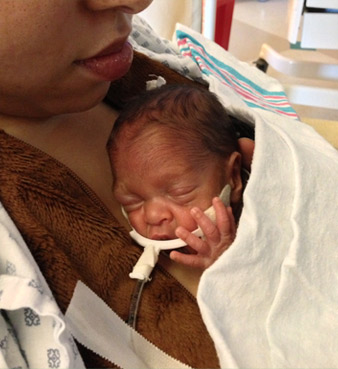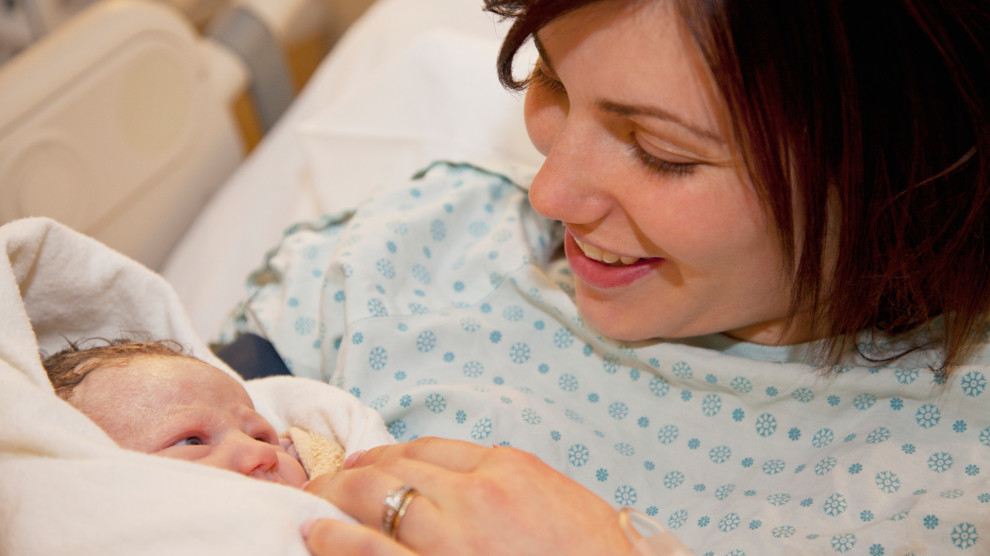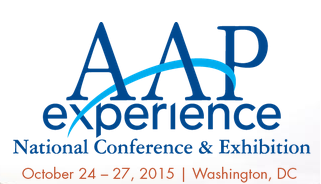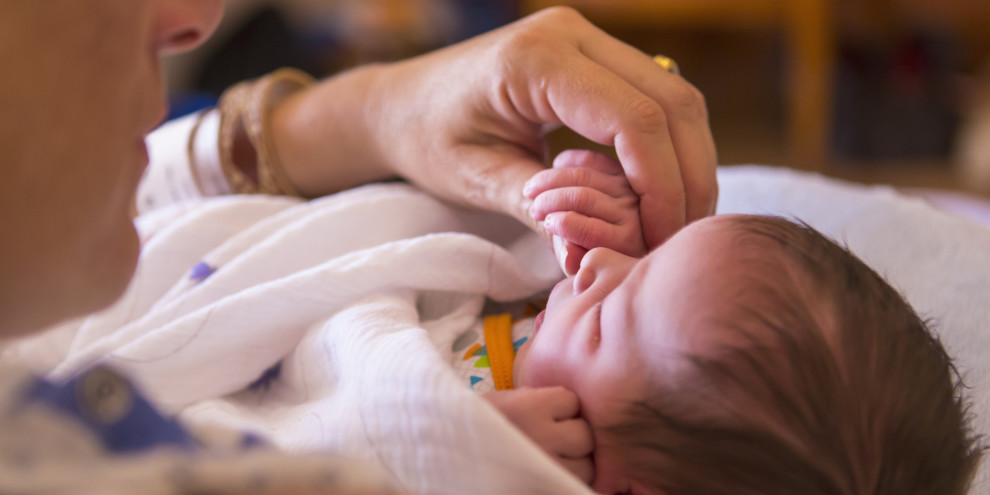By Zoe Quint
It’s expected that a general surgeon will spend years studying and training before he or she is able to operate on a patient. Similarly, a helicopter pilot must go through rigorous written exams and flight simulations before they are considered capable of maneuvering an expensive aircraft. However, when it comes to being a new mom, there’s a common belief that most women will just “know what to do.” The truth is, parenting is a skill that must be acquired. The good news is, it is a skill that nearly everyone can learn easily, particularly if you enlist the help of social networks and parent education resources.
As a new parent, your social support system and access to parenting knowledge is especially valuable when complications arise during or after pregnancy. If your baby is in the NICU, you might feel helpless and unable to provide for your newborn as you originally intended. But more than ever, you can turn to parent education as a way to empower yourself and also help you (and if applicable, your partner) to be the best parent you can be.
New parent education can be acquired through a number of ways:
1. Join a new parent support group. Pace Moms is an organization that has groups for first and second time mothers. Preemies Today (DC Metro Area) is a PreemieCare Spotlight Community Support Group, a preemie parent support group serving Northern Virginia, Maryland, and Washington DC. It is their mission to reach out and provide support to families of infants born prematurely beginning at birth and throughout childhood. Services they provide include parent support, online support, family gatherings, educational seminars, a monthly newsletter, and the sharing of ideas and experience. Similar organizations supporting parents of preemies exist in other areas of the US as well.
2. Read a book. “Mothering the New Mother: Women’s Feelings and Needs After Childbirth (A Support and Resource Guide)” by Sally Placksin is a wonderful resource. Also, “The Birth Partner: Everything You Need to Know to Help a Woman Through Childbirth” by Penny Simkin, P.T. is a book that describes the birth process, with special emphasis on the emotional needs of the laboring woman and how to meet those needs. For parents of premature babies, “The Preemie Primer” by Jennifer Gunter is a great resource for helping parents navigate the challenges that come along with prematurity.
3. Look online. There are a number of online resources, including what is provided by Pebbles of Hope, which can educate you and your family on what it’s like to be the parent of a premature baby and various webinars on learning more about what you can do to support your baby throughout this process.
4. Reach out to family and friends. Remember that they are a wonderful source of support and can offer advice and help during difficult times.
5. Continue to maintain your relationship with your partner. With the introduction of a new baby into your family, and particularly if that baby was born prematurely, it is important that your relationship with one another remains a source of strength and comfort for you both.
6. Take care of yourself. Take a long walk or a nap if you need it. Drink a comforting cup of tea and watch your favorite movie. It’s important to give yourself the support and down time that you require to be the best version of yourself.
As a new parent, it’s common to feel anxious over the well-being of your baby and to doubt your capability to manage your new role. But just remind yourself that these fears are coming from a good place: you want to do what’s best for your child. In fact, you might find through your research and collaboration with family, friends and even support groups, that many other parents share similar concerns. However, the more you seek out education and social resources and continue to educate yourself, you will be well equipped to determine what parenting style is best for you and your family. Remember that there is not one “right way” to be a parent, but rather, parenthood itself is a process in which you can determine what beliefs and practices complement your family’s lifestyle.









